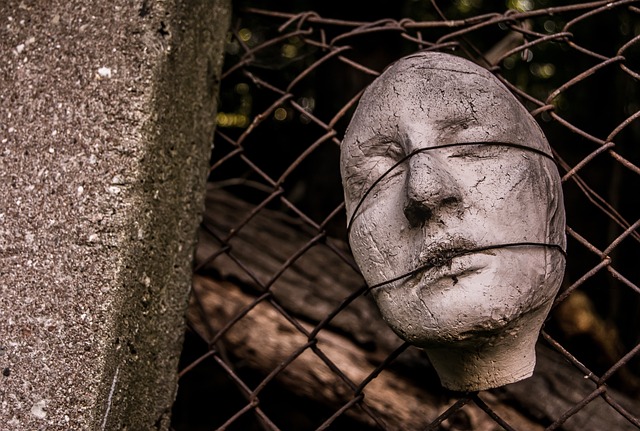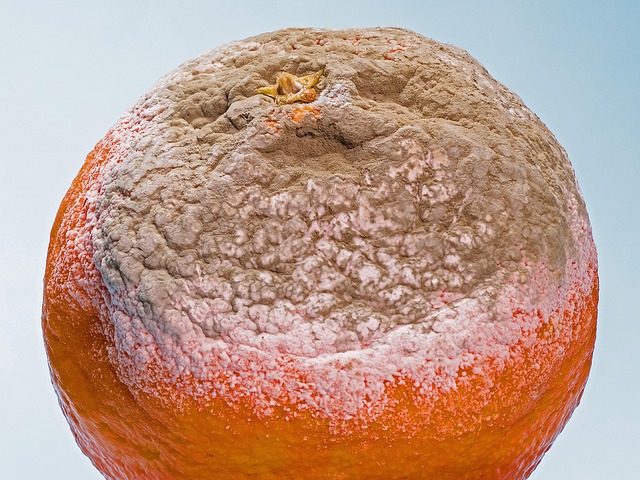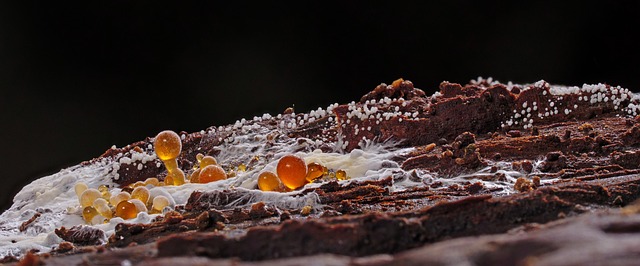Seguin homeowners dealing with mold should understand the difference between mold remediation and inspection to effectively manage their insurance claims. An inspection identifies mold, its type, and extent, while remediation involves removing and restoring affected areas. Conducting a thorough inspection first is vital for supporting claims by documenting damage. Engaging professional remediators adhering to industry standards ensures effective resolution, aiding successful claim negotiations. Homeowners should distinguish between these processes—remediation vs. inspection—to receive appropriate coverage and tailored services based on their unique mold concerns.
“Unsure about navigating a mold remediation insurance claim in Seguin? This guide is your compass. We delve into the critical distinction between mold remediation and inspection, essential knowledge for Seguin homeowners. Understanding these processes is key to successfully pursuing an insurance claim.
Learn how to differentiate between routine inspections and mold-related damage, and gain insights into the step-by-step insurance claim process for remediating mold in your home. By the end, you’ll be equipped to advocate for your property’s restoration.”
- Understanding Mold Remediation and Its Role in Home Insurance Claims
- The Difference Between Mold Remediation and Inspection for Seguin Homeowners
- Navigating Insurance Claim Process for Mold Remediation in Your Home
Understanding Mold Remediation and Its Role in Home Insurance Claims

Many Seguin homeowners may wonder about the process of handling mold-related issues, especially when considering a home insurance claim. Understanding the distinction between mold remediation and inspection is crucial in navigating this process effectively. While a mold inspection identifies the presence, type, and extent of mold in a property, remediation refers to the actual removal and restoration work required to address the problem.
When it comes to insurance claims, knowing which step to take first can significantly impact the outcome. Homeowners should first conduct a thorough inspection to document the mold issue. This evidence is vital for supporting a claim, as it demonstrates the scope of damage and the necessity for remediation. Subsequently, engaging professional mold remediators who follow industry standards and guidelines ensures that the problem is effectively resolved, providing a solid foundation for successful insurance claim negotiations.
The Difference Between Mold Remediation and Inspection for Seguin Homeowners

For Seguin homeowners facing potential mold issues, understanding the distinction between mold remediation and inspection is crucial. While both processes are essential for maintaining a healthy living environment, they serve different purposes. Mold remediation focuses on removing and containing any existing mold growth to prevent further damage and health risks. This involves specialized equipment, techniques, and expertise to thoroughly clean and restore affected areas.
On the other hand, a mold inspection is a preliminary step that identifies potential sources of moisture or mold development in a home. It includes visual assessments, air quality testing, and sampling to detect the presence, type, and extent of mold contamination. Homeowners might seek insurance claim support for either process, but understanding the difference ensures they receive appropriate coverage and services tailored to their specific needs: whether it’s a full-scale remediation or a targeted inspection.
Navigating Insurance Claim Process for Mold Remediation in Your Home

Navigating the insurance claim process for mold remediation in your Seguin home can seem daunting, especially when understanding the difference between mold remediation and a simple mold inspection. It’s crucial to distinguish between these two steps. A mold inspection identifies the presence, type, and extent of mold growth, providing a baseline for any potential claims. In contrast, mold remediation involves removing the mold and restoring your property to its pre-contaminated state, which may include replacing affected materials and decontaminating the area.
Homeowners should document the entire process with photographs and records. This includes taking pictures of visible mold growth, keeping a log of cleanup activities, and saving receipts for any expenses related to remediation. Once you’ve gathered this information, contact your insurance provider promptly. Be prepared to discuss the scope of damage and follow their guidelines for filing a claim. Understanding these processes will help ensure a smoother journey towards restoring your Seguin home after mold-related issues.
For Seguin homeowners dealing with mold issues, understanding the distinction between mold remediation and inspection is key when navigating insurance claims. While mold inspection identifies the presence and type of mold, remediation involves the actual process of removing the mold and restoring the affected areas. Knowing this difference enables homeowners to effectively communicate their needs to insurance providers and ensure a smoother claims process. When preparing an insurance claim for mold remediation, it’s important to have thorough documentation, including expert assessments and cost estimates, to support your case. This ensures a more efficient resolution, allowing you to restore your home to a healthy and safe condition.
